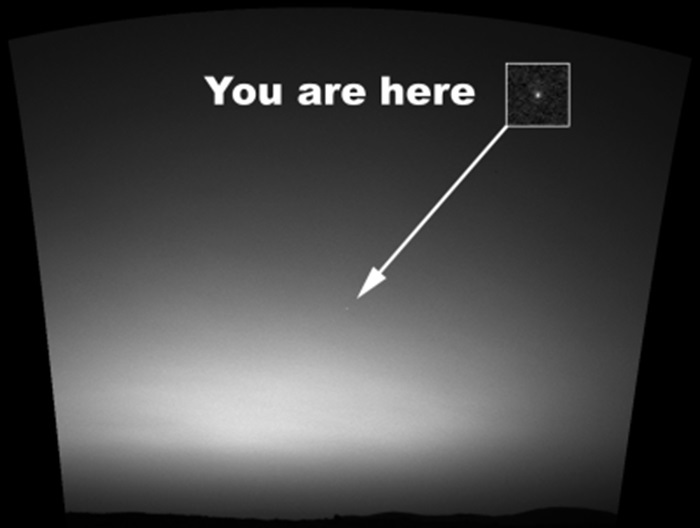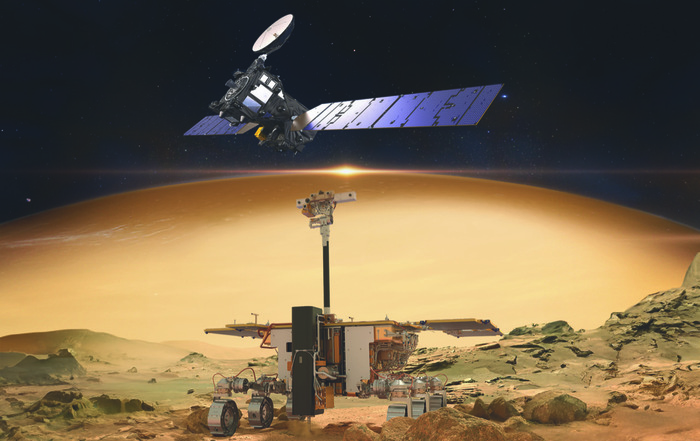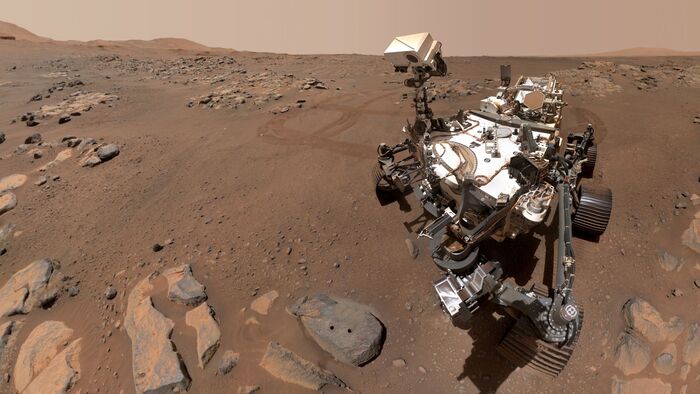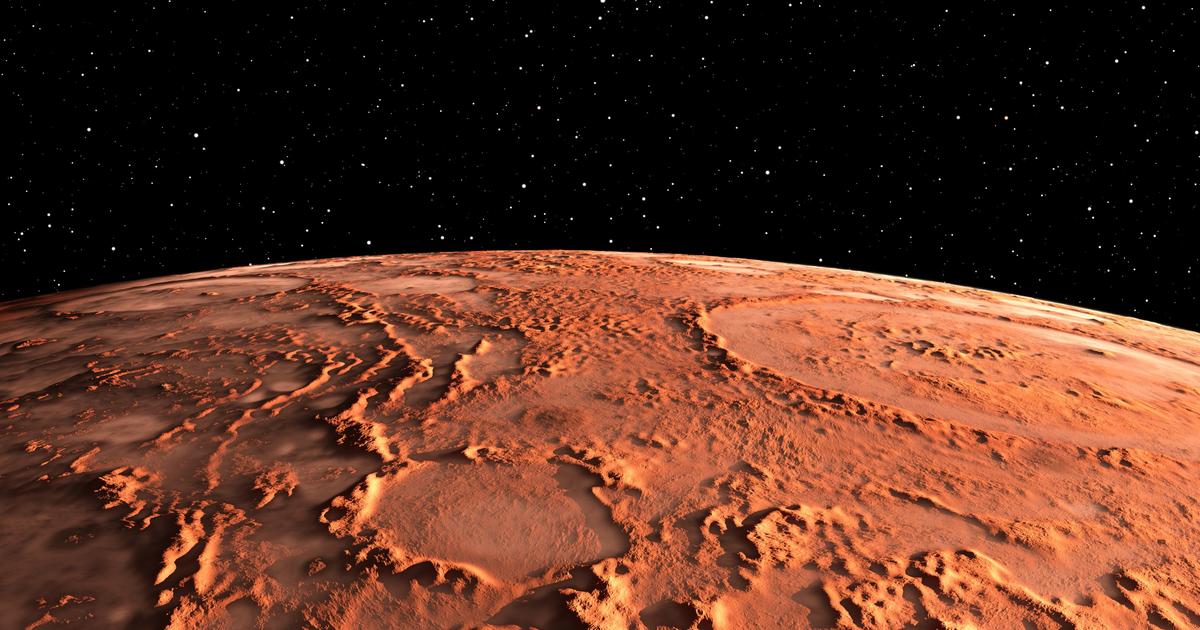Radiation on Mars is deadly to humans.
Now a study has published new details - with the help of the Nasa rover "Curiosity".
Frankfurt - Mars * as the neighboring planet of the earth exerts a great fascination on mankind. In the 2030s, the US space organization Nasa * would like to send astronauts to the red planet for the first time - but one point still has to be resolved beforehand: radiation protection for space travelers. Since Mars, unlike Earth, has neither a protective magnetic field nor a dense atmosphere, radiation from space can penetrate unhindered to the surface of the planet. The rovers of NASA, who are currently doing research there, do not mind the radiation - but it can be fatal for humans.
People who are supposed to explore Mars in the future therefore need protection from the radiation - and ideally one that they don't have to transport the long way from Earth to the red planet.
The “Curiosity” rover, which recently discovered a “strange structure” on Mars, has now apparently found a solution to this fundamental problem.
That is at least suggested by a study that was published in the journal Geophysical Research Letters and that is based on data from the NASA rover “Curiosity”.
Radiation on Mars: Certain terrain formations can protect people
The study by lead author Guo Jingnan (University of Science and Technology of China) and an international research team works with data from the Radiation Assessment Detector (RAD) instrument that the Mars rover has on board. It measures harmful radiation on Mars - regardless of whether it comes from the sun or from other sources. A region that RAD was able to measure in detail has been named Murray Buttes by NASA. "Curiosity" parked in this region for 13 days - while the RAD instrument continued to collect data. And according to the study, these data show a decrease in radiation.
In the vicinity of Murray Buttes ("butte" is translated from the English as "hardness" - it is a rock that is more resistant than the surrounding area and therefore less eroded) the amount of radiation decreased by about five percent.
Now five percent is not much - but any reduction in radiation helps in a difficult environment like Mars.
+
The NASA rover “Curiosity” collected the radiation data in the Murray Buttes region on Mars.
© Nasa / JPL
There are two types of radiation on Mars: Direct radiation that comes from above, i.e. from the sun or from space.
And the indirect radiation that is reflected off the surface of Mars.
When it comes to indirect radiation, the RAD data also shows something that should be important for future human research on Mars: the surface features on Mars that future astronauts could protect from direct radiation can at the same time amplify indirect radiation.
So it is not enough to look for a hardy and shelter there - the indirect radiation can be increased there.
Mars: Any amount of radiation protection, no matter how small, helps space travel
The new study does not make it easier to understand the radiation conditions on Mars.
In addition to the conditions that can change radiation, there is also the distance between Mars and the sun.
Apparently insignificant things like the altitude at which a person is on Mars or the angle at which the radiation penetrates through the thin Martian atmosphere can also make a difference.
All important astronomy news straight to your mailbox
*
While the study does not offer a final solution to the radiation problem on Mars, it does provide other approaches that space travel * can work with in the future.
Any natural radiation protection on Mars is likely to be used in future astronautical missions or, as the magazine Universe Today puts it: "Detailed radiation maps that also include the terrain could save lives."
The NASA rover “Perseverance” recently made a name for itself on Mars: It was the first to collect a rock sample.
Meanwhile, the Mars helicopter "Perseverance" causes a surprise and causes NASA to change its plans.
(tab)
* fr.de is an offer from IPPEN.MEDIA.













